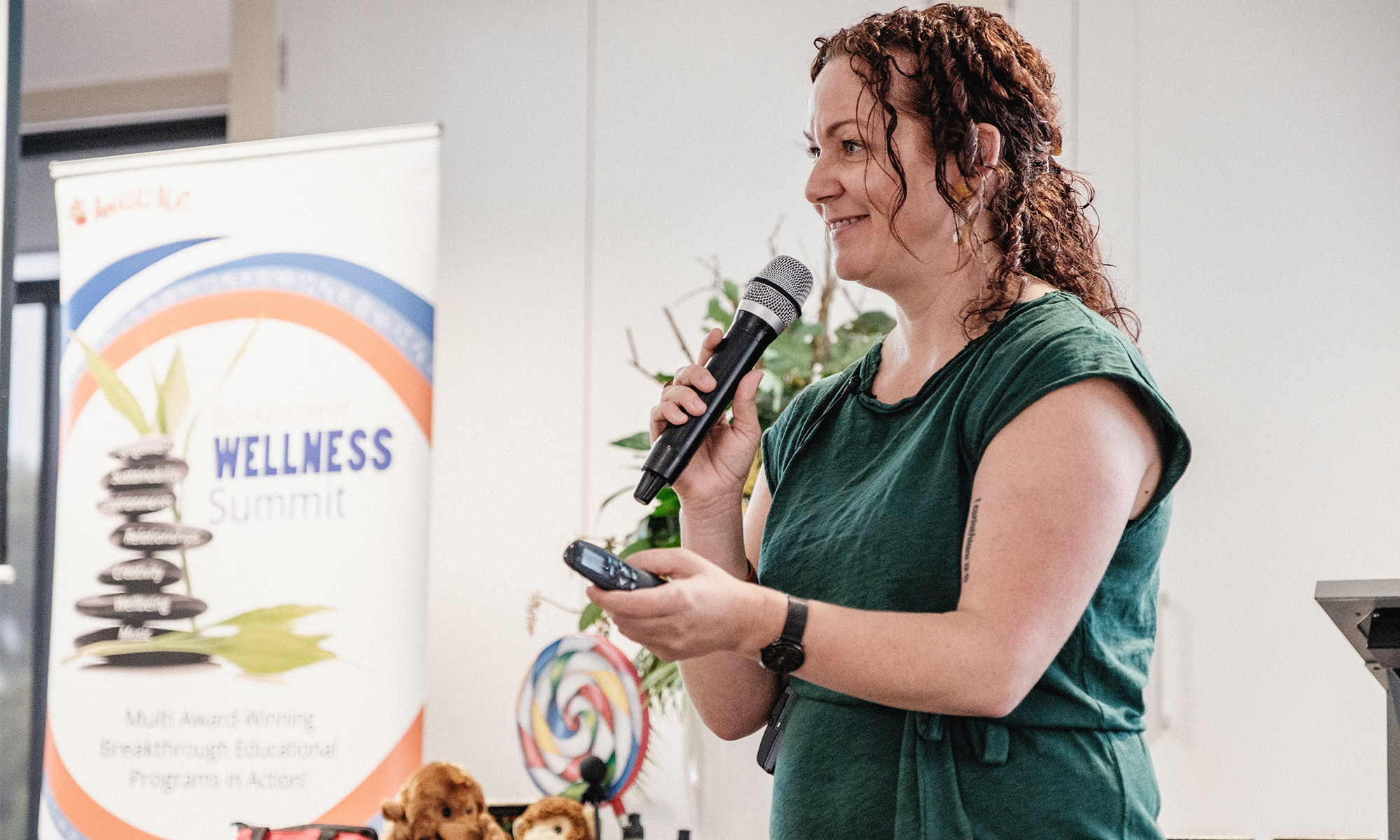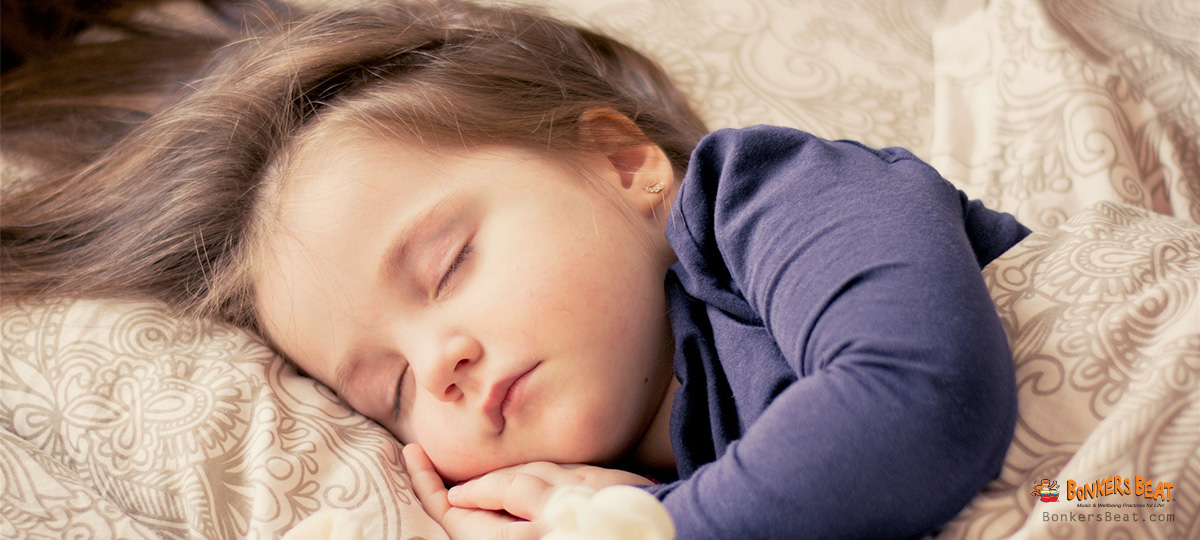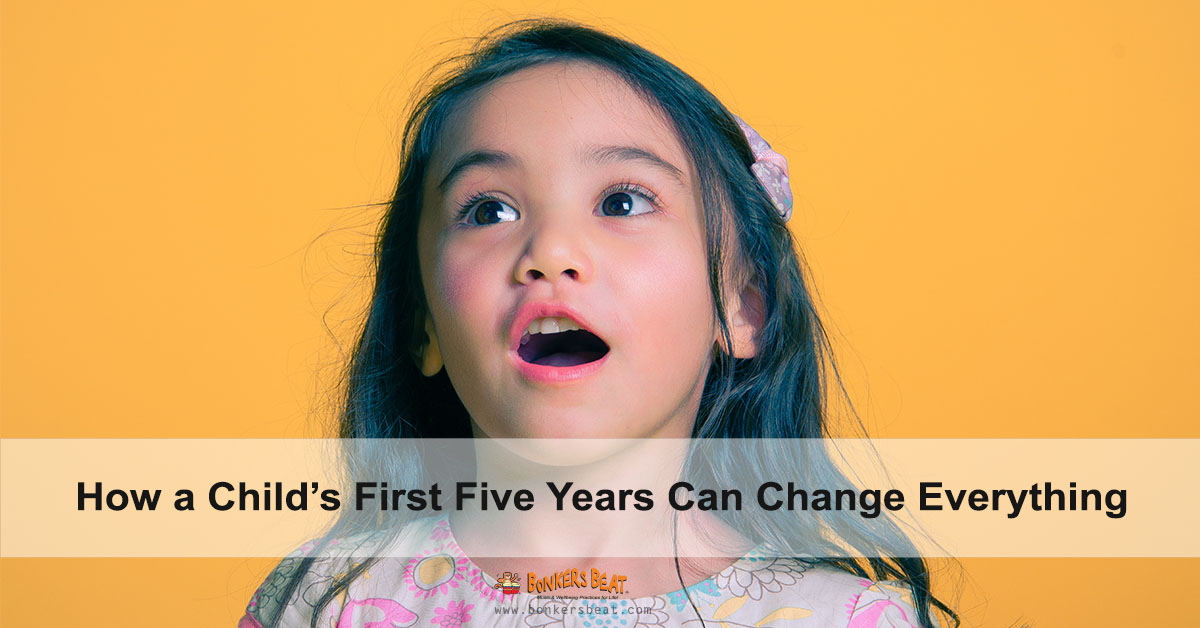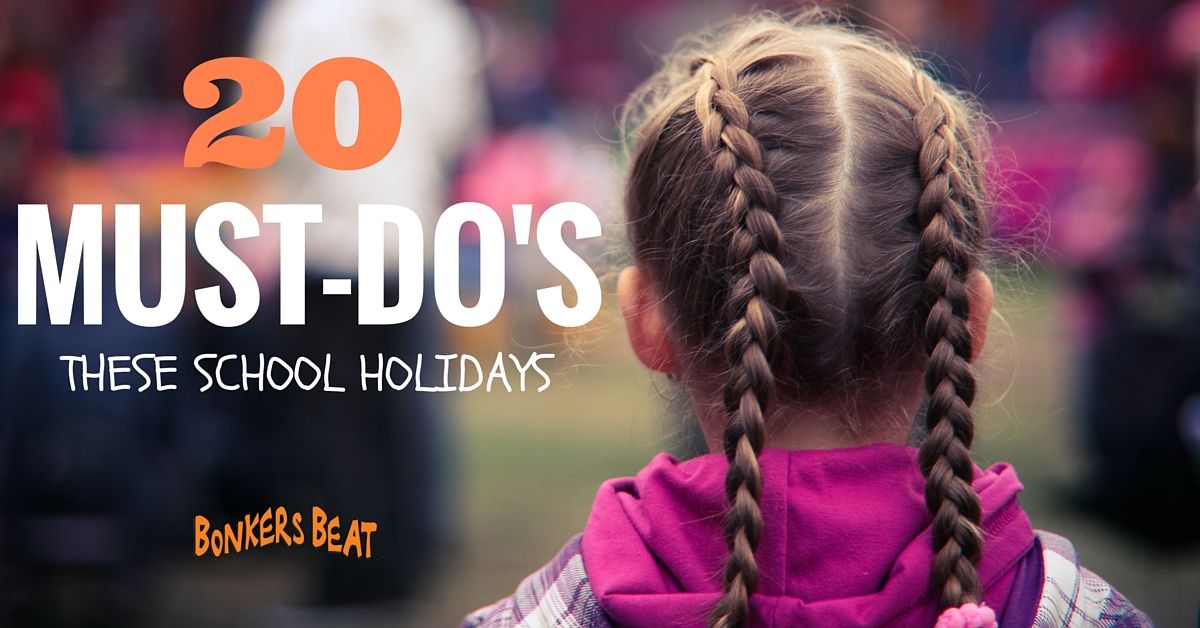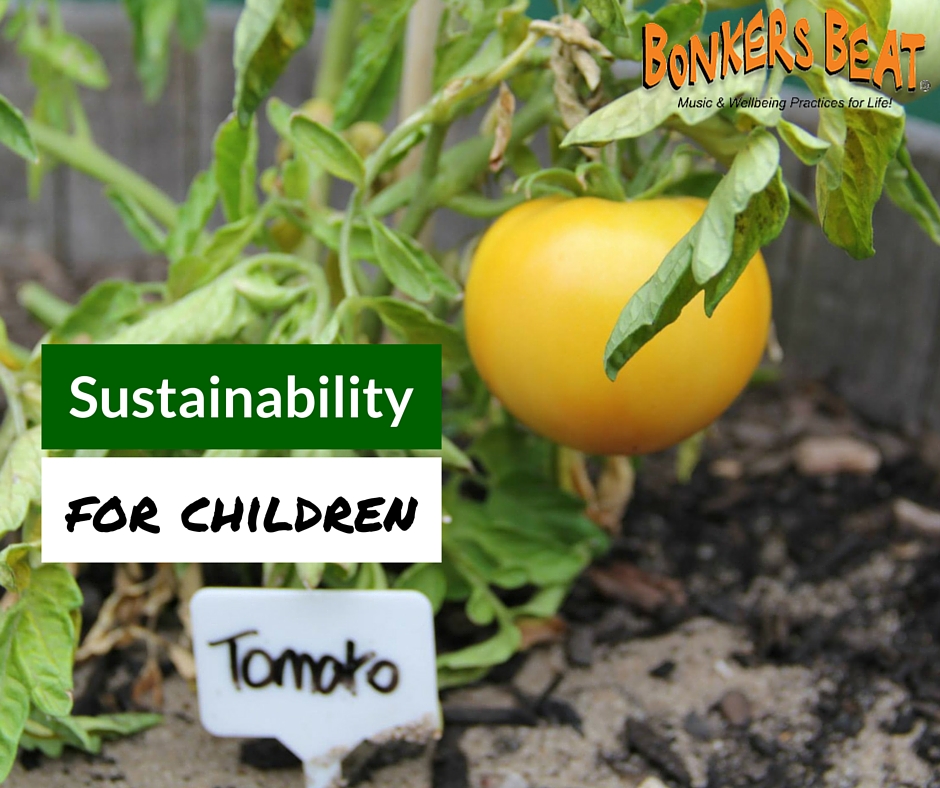This Friday 20 May is National Walk Safely to School Day – an annual event that encourages Primary School children to walk to school with a focus on safety. As early childhood educators, we can spread the message of the benefits of walking and the importance of pedestrian safety within our centres. After all, children, their families and educators can benefit from walking!
Walking for good health
Most of us walk each day, at least a little – walking is one of the easiest ways to fit in some exercise every day. No special outfit or equipment needed, and you can do it just about anywhere at any time!
So what are the benefits of walking?
Benefits of Walking for Educators and Parents
Whether you’re a parent of a young child or children, or an educator of them, we think it’s safe to say that you lead a busy life. Many of us don’t take care of ourselves as well as we should, but walking for just 30 minutes each day can offer a range of health benefits, such as:
-Lower stress levels
-Improved mindset and mood
-Better cardiovascular fitness
-Strength for bones and muscles
-Reduced body fat
-Lower risk of type 2 diabetes and heart disease
Benefits of Walking for Children
-Boosting mood
-Improved academic performance
-Connection with the outdoors
-Maintain good physical health
-Setting up healthy habits for life
-Become responsible pedestrian familiar with road safety
Best of all, any day is a good day for walking!
Mix it Up
Keep walking interesting – walk to the shops, stroll along beaches and local tracks, walk through national parks, walk with other families or friends… Even just parking a little further away from your destination and walking a little extra adds healthy steps to your day.
If you live close enough to your centre, consider adding a walk to or from the centre into your weekly routine – you won’t regret it and you’ll be embarking on a path to better health for life!
